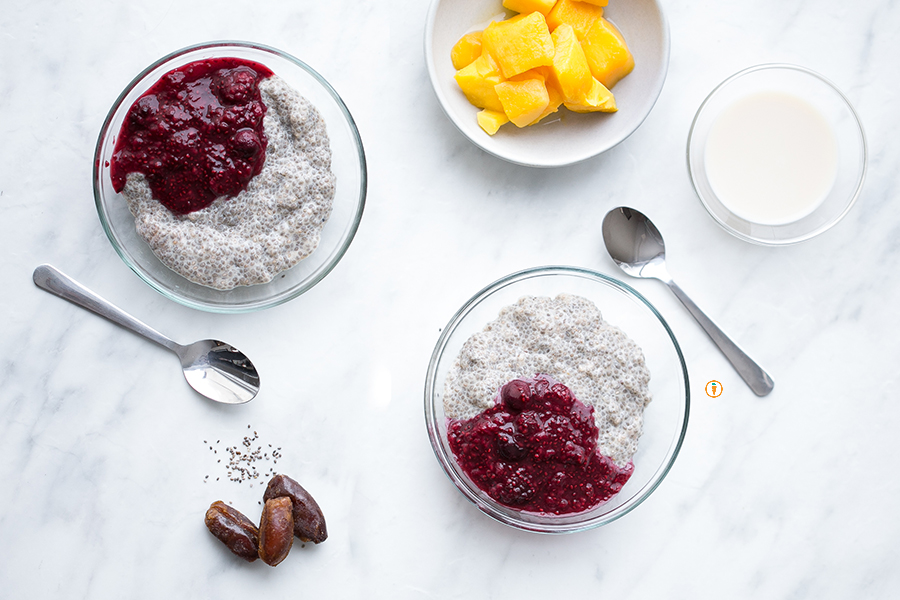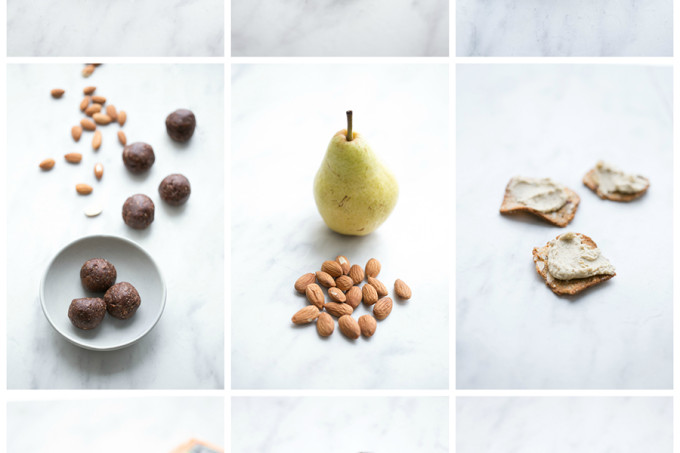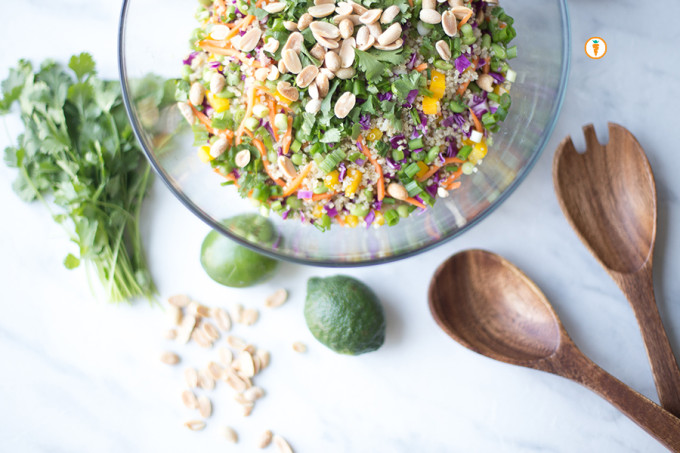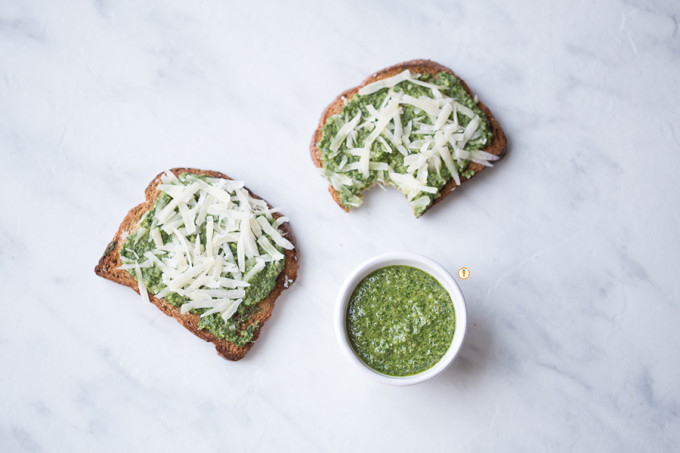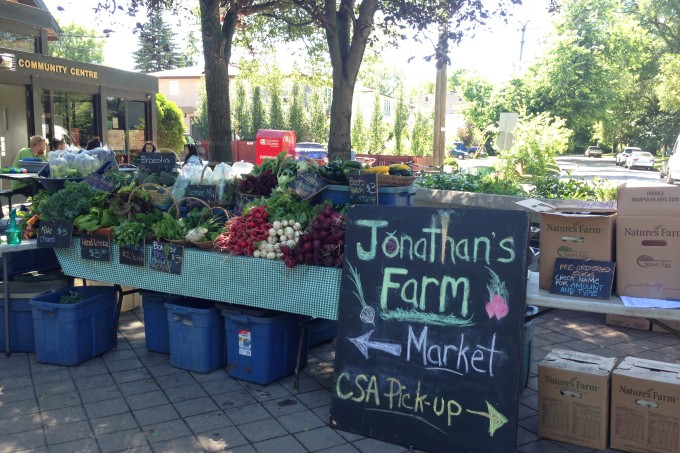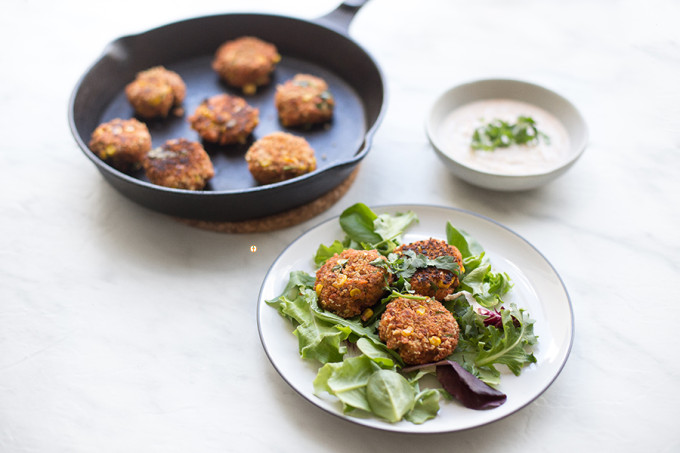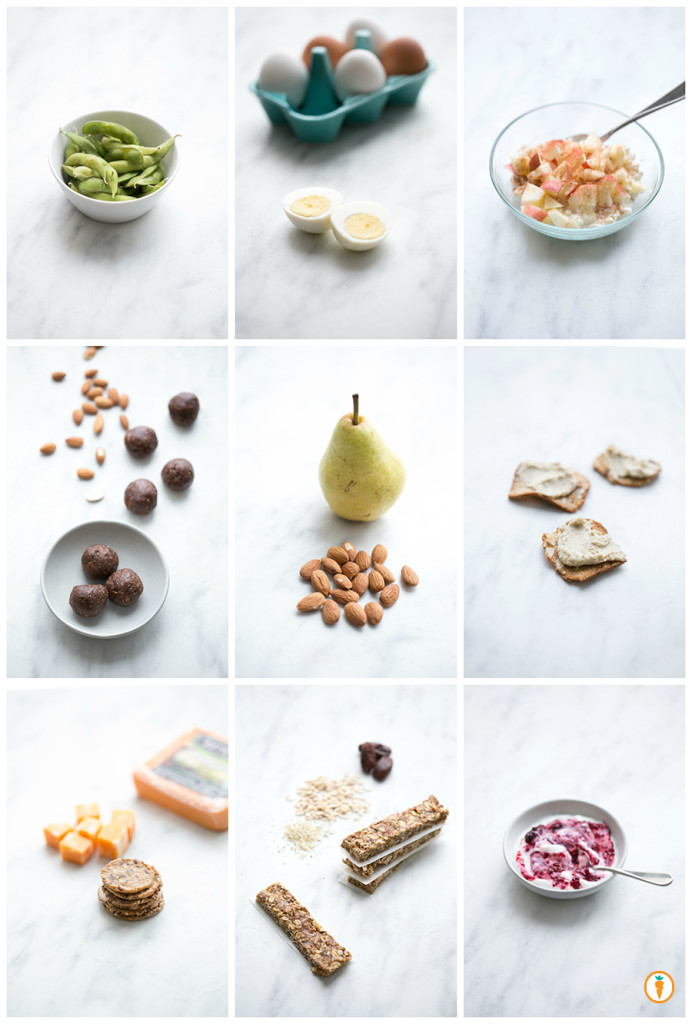
Snack ideas galore!
How (and what) we eat has changed. As a nation we are shifting from 3 meals a day to multiple small meals, or 3 meals and 3 snacks. Back in the day our grandmas didn’t have time to make more than three meals since they were all from scratch, and our grandpas didn’t have time to eat more than 3 meals because they worked sun-up to sun down.
Now, with working households, evolving research and a shift in the eating paradigm our days are certainly not what they once were. A day in the office might look like this; coffee, emails, yogurt, conference call, donut, coffee, emails, lunch, meetings, granola bar, dinner, TV, snacks, social media, bed. Repeat.
Sound familiar? Vaguely?
There is no problem with eating 6 smaller meals a day. In fact about 16% of Canadians are doing it1. Societal demands persuade us to work faster and longer. Time for meals has fallen to the wayside and we are all guilty of eating in the car or eating while scrolling through instagram. However, snacking may be adding calories that we would not have eaten had we stuck to 3 smaller meals. Many snacks nowadays also include a nutrient-lacking drink. A juice box, iced tea or a fancy latte etc. It doesn’t sound too harmful until we look at the 200+ extra calories we are (quickly) ingesting. Not to mention, when we dissect where these calories come from, they often aren’t nourishing. Pair one of these beverages with 200 calories of food and you have a 400 hundred calorie snack meal. Oops.
In order to stop this from happening we need to be mindful of consumption and ensure that we are getting all the nutrients we need from our combination of meals and snacks.
Here’s a bit more guidance:
One.
Just because it says snack or snack pack or snak pax or however the kids are spelling it these days doesn’t mean that it is healthy. Those granola bars and gummy packs are sugar laden regardless if they are made with “real fruit juice” or not. Solution? Homemade granola bars, and a small container of berries or grapes for a sweet bite with the added fibre of natural fruit.
Two.
Just like chocolate bars and ice cream, chips, muffins and cookies are treats. Now there’s nothing wrong with a homemade carrot muffin or a nutrient dense oatmeal cookie in you or your little one’s lunch. But recognize this is a “dessert” or a “treat”.
Fun fact – Tim Horton’s muffins have, on average, 100 more calories than their donuts. Yikes. Maybe we should start calling them cupcakes.
Three.
Include multiple food groups. Aim for 2-3 food groups per snack! It’s important to include a protein and carbohydrate. Benefits of this strategic pairing includes increased alertness, stable sugars and sustained energy. Some examples include cheese & grapes, or nuts with an apple, chicken & cherry tomatoes with a little balsamic vinegar, raw veggies with hummus, banana with almond butter, cottage cheese with black pepper and baby carrots, the list goes on!
Four.
You don’t neeeed to have snacks. As much fun as “eating-cause-I’m-bored” is…it definitely isn’t necessary. Listen to your body and eat when you experience real hunger cues. Start by drinking a cup of water, then if your body demands it, go ahead! Get nourished!
Remember, just like a meal is for nourishment, so are your snacks. You might need a little power in the mid afternoon to get you through the rest of your workday. So make it count. Give your body what it needs. A donut will result in a sugar crash, a handful of almonds and berries will give you human super powers to have the most productive 2-4pm you’ve had all week. Or something like that…
Now, in case you’re interested pictured above are the top 9 snacks I tend to rotate between (from left to right):
- steamed edamame beans
- a hardboiled egg
- cottage cheese with apple and cinnamon
- energy date balls
- pear with a handful of almonds
- crackers with white bean spread
- cheddar cheese with Mary’s Gone crackers
- no bake granola bars
- plain Greek yogurt with 5 ingredient berry sauce
Food photography done by the talented Ceone Dyck. To learn more about Ceone click here or follow her on Facebook.
Please note the content of this post was written by 4th year Human Nutritional Sciences student Johanna Adriaansen. Johanna also maintains her own website and is an aspiring Dietitian!
Don’t forget to follow Carrots and Cake on Instagram to see tiny square snap shots of my life.
– With Love, Carrots and Cake,

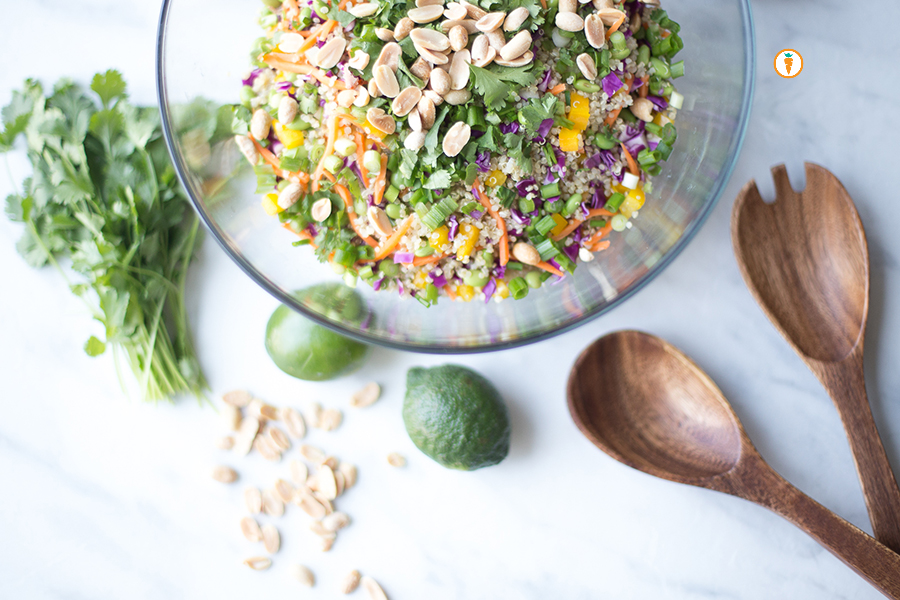 I love quinoa. But I’m really not a fan of it by itself. Are you? My preference is to enjoy it when it’s “mixed” into something like a
I love quinoa. But I’m really not a fan of it by itself. Are you? My preference is to enjoy it when it’s “mixed” into something like a 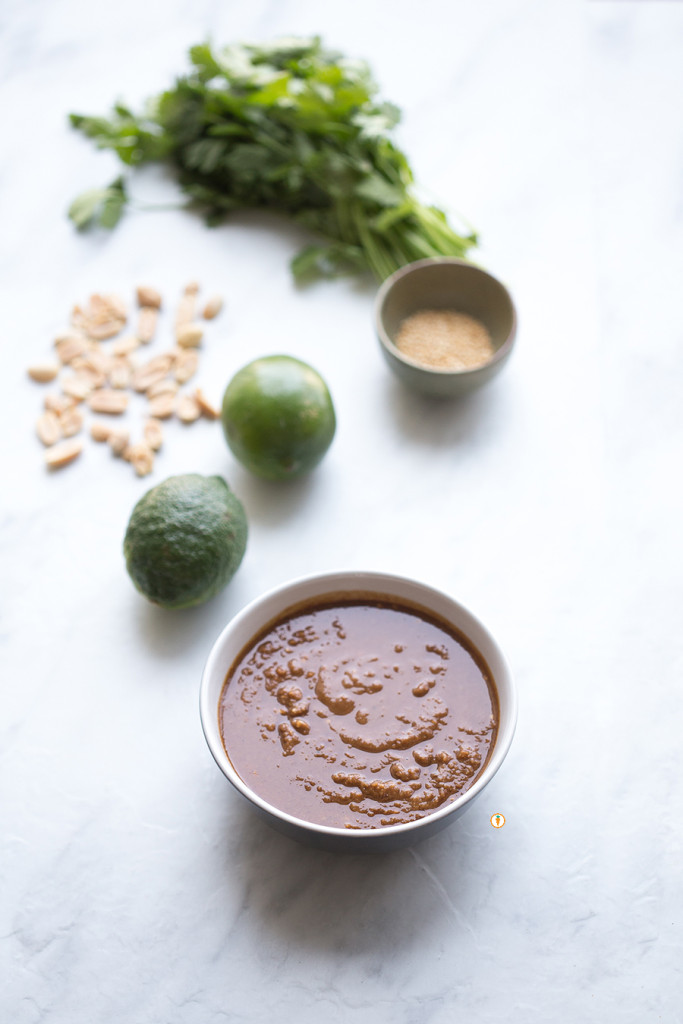
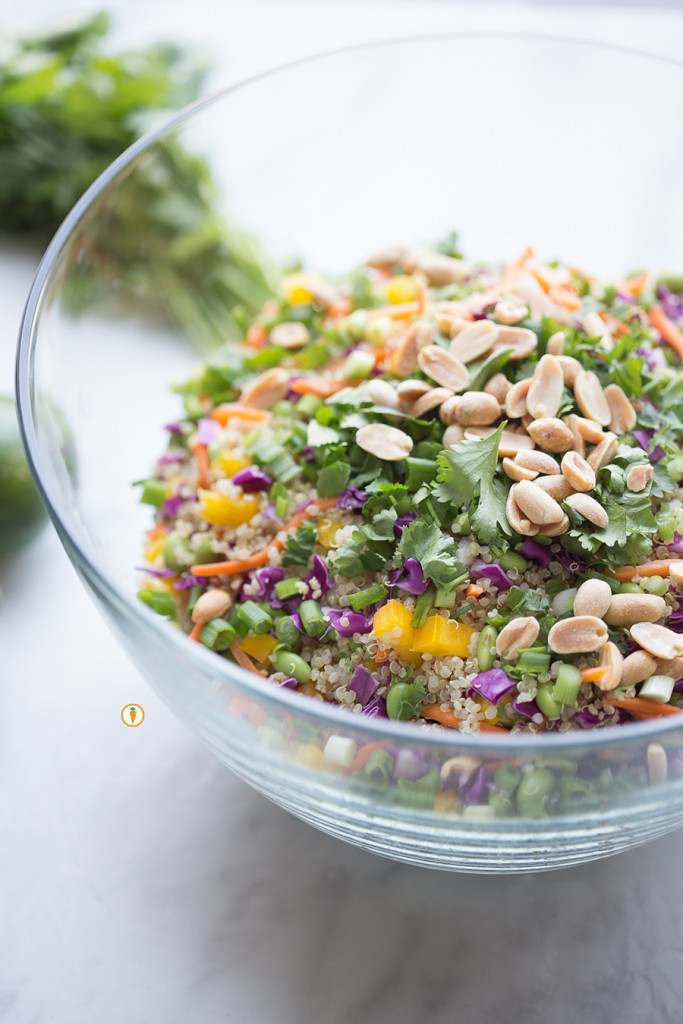
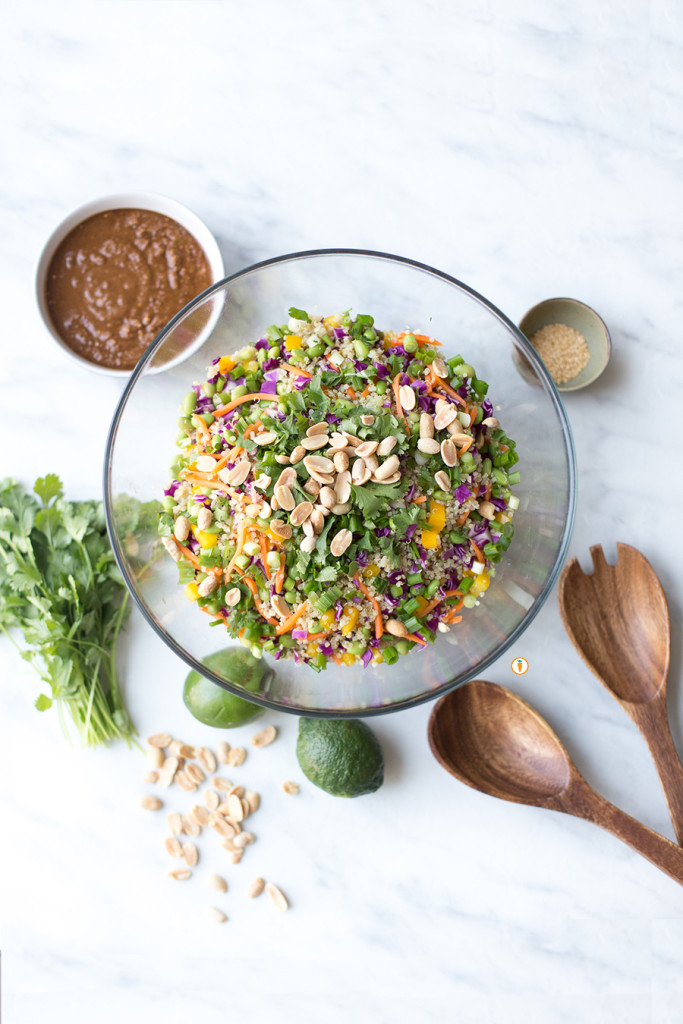
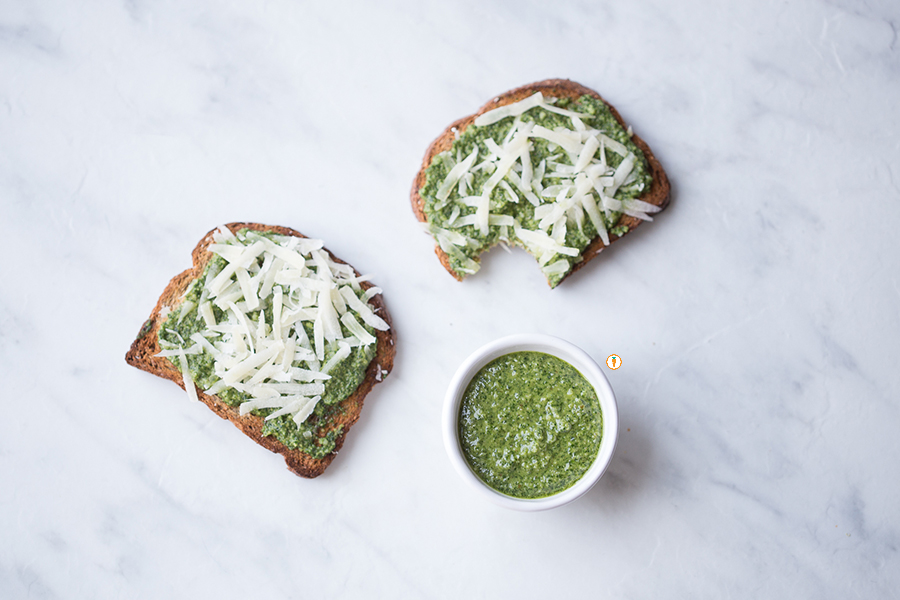 I love me some pesto. Do you? I only began experimenting with this sauce a few years ago and now it’s a pantry staple. Better yet, I’ve even ventured into making my own version of pesto. I was inspired to use kale in this recipe by my
I love me some pesto. Do you? I only began experimenting with this sauce a few years ago and now it’s a pantry staple. Better yet, I’ve even ventured into making my own version of pesto. I was inspired to use kale in this recipe by my 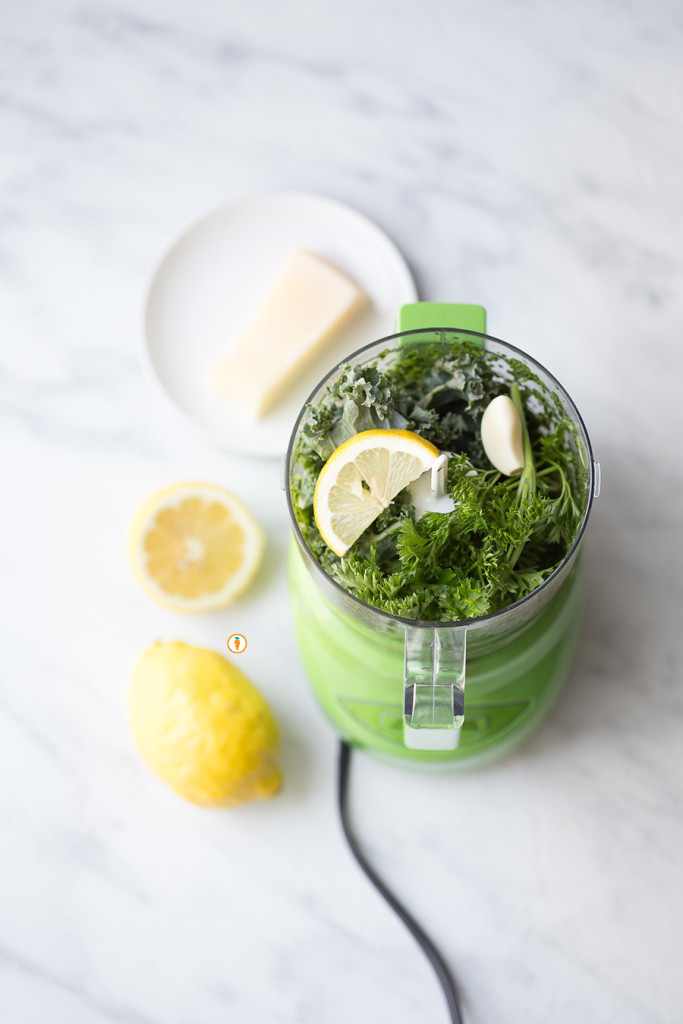
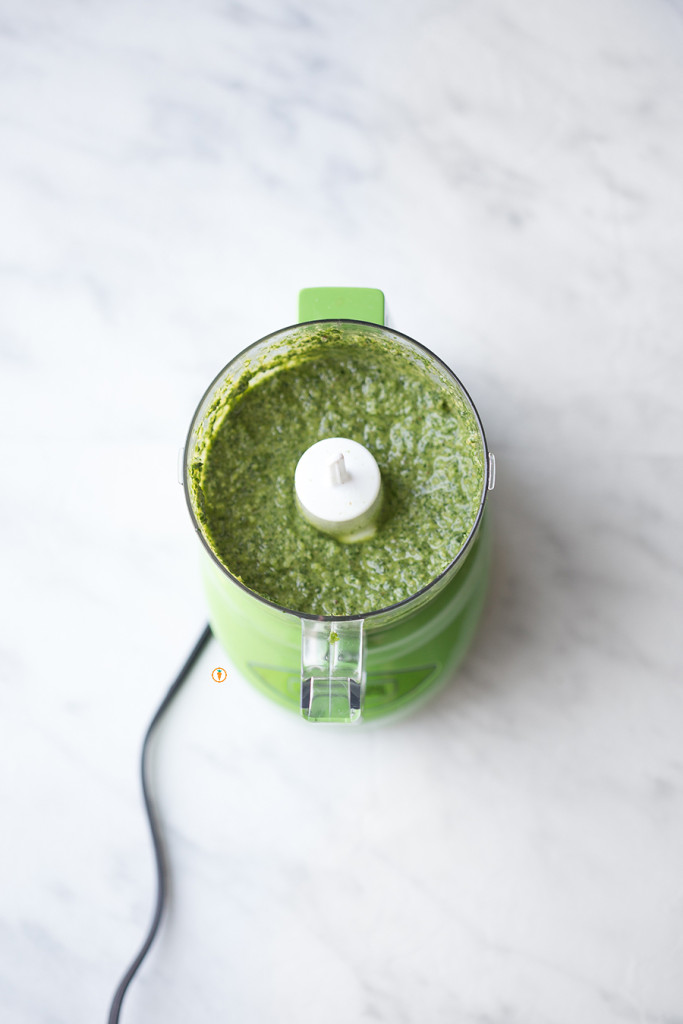
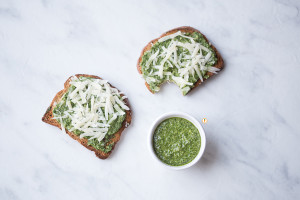
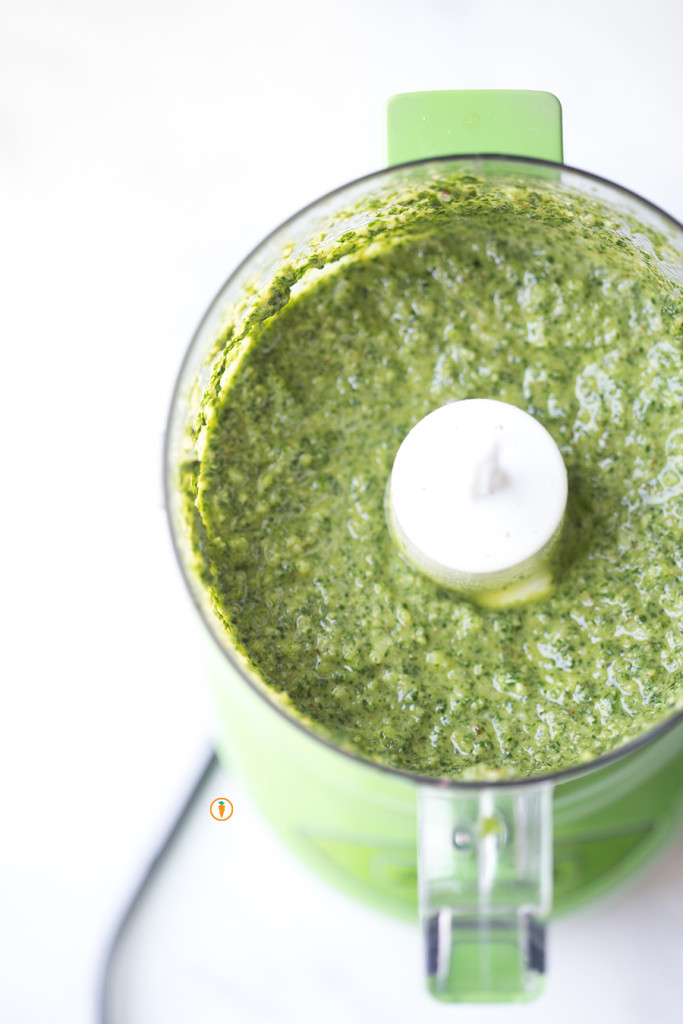 Food photography done by the talented
Food photography done by the talented 
 Photo credit: Bree-Ann Merritt Photography
Photo credit: Bree-Ann Merritt Photography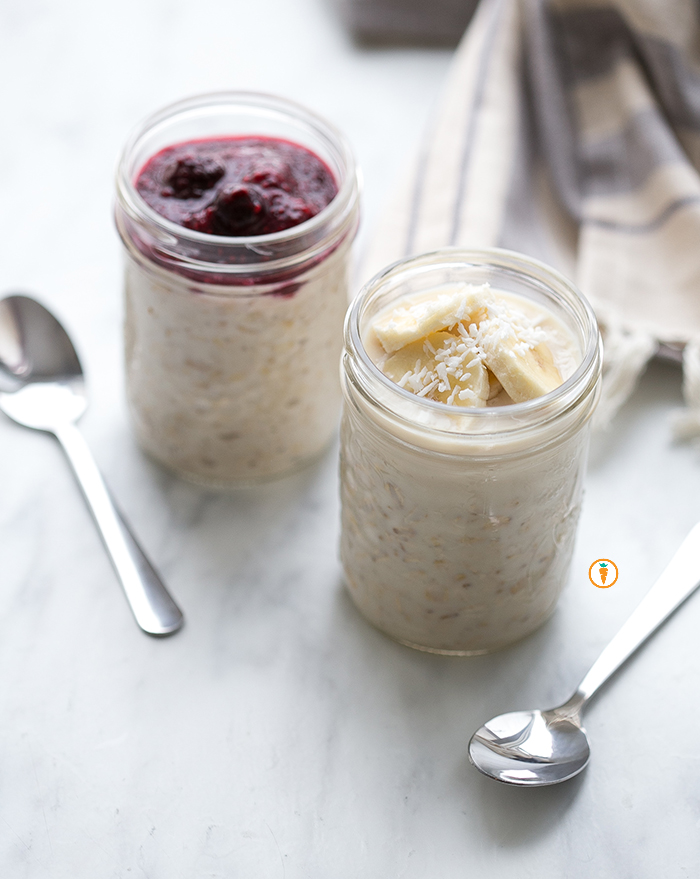
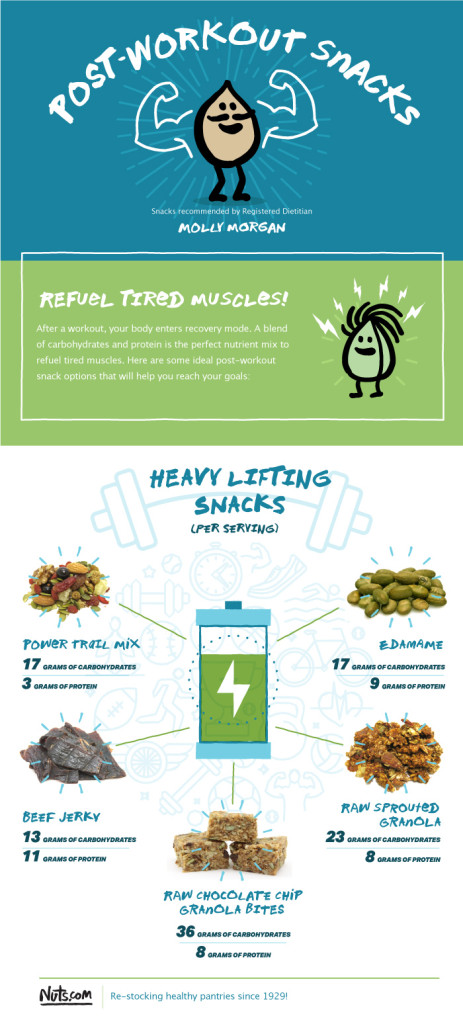
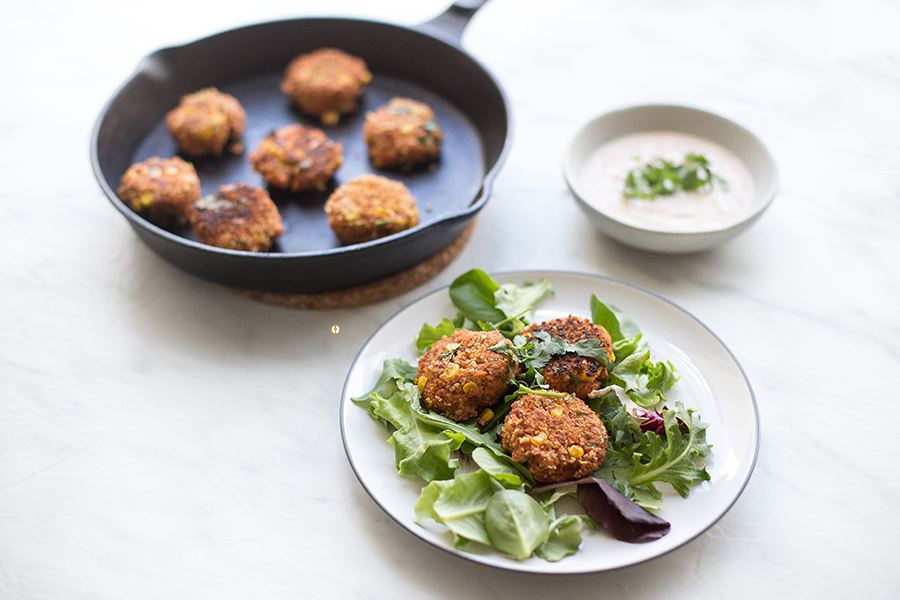 Hayyyyy friends. I’ve got another recipe to share with you today, this time, I wanted to focus on creating something that was budget friendly and easy to make. The result, tandoor spiced salmon cakes. The major protein in this recipe comes canned salmon which can typically range from $2.50 – $3.50 (Cdn) per can. A pretty sweet deal if you ask me!
Hayyyyy friends. I’ve got another recipe to share with you today, this time, I wanted to focus on creating something that was budget friendly and easy to make. The result, tandoor spiced salmon cakes. The major protein in this recipe comes canned salmon which can typically range from $2.50 – $3.50 (Cdn) per can. A pretty sweet deal if you ask me!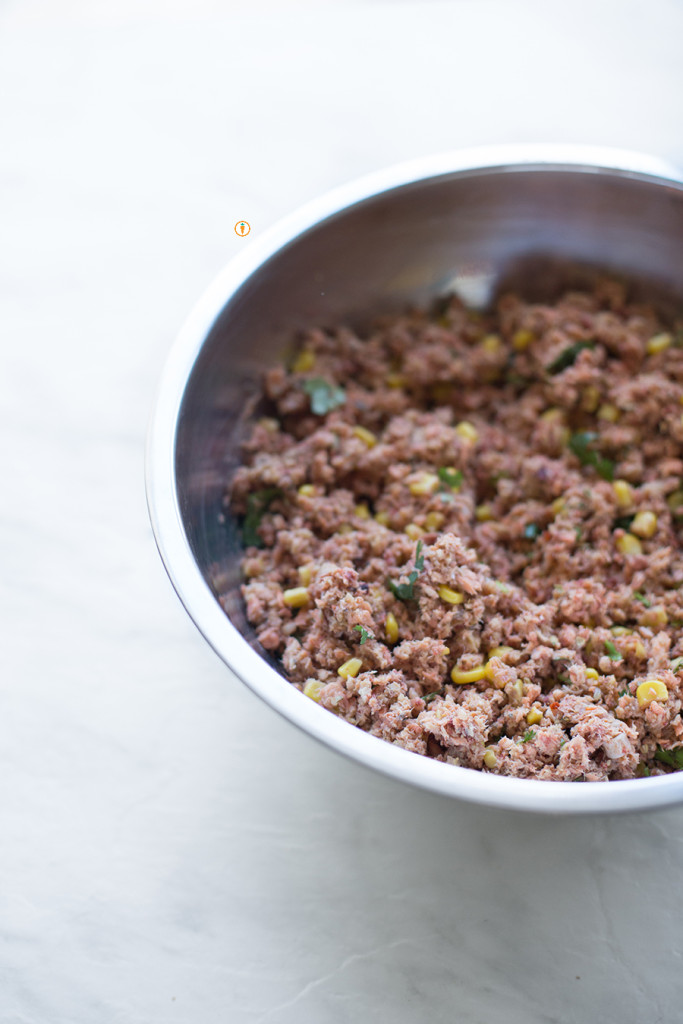
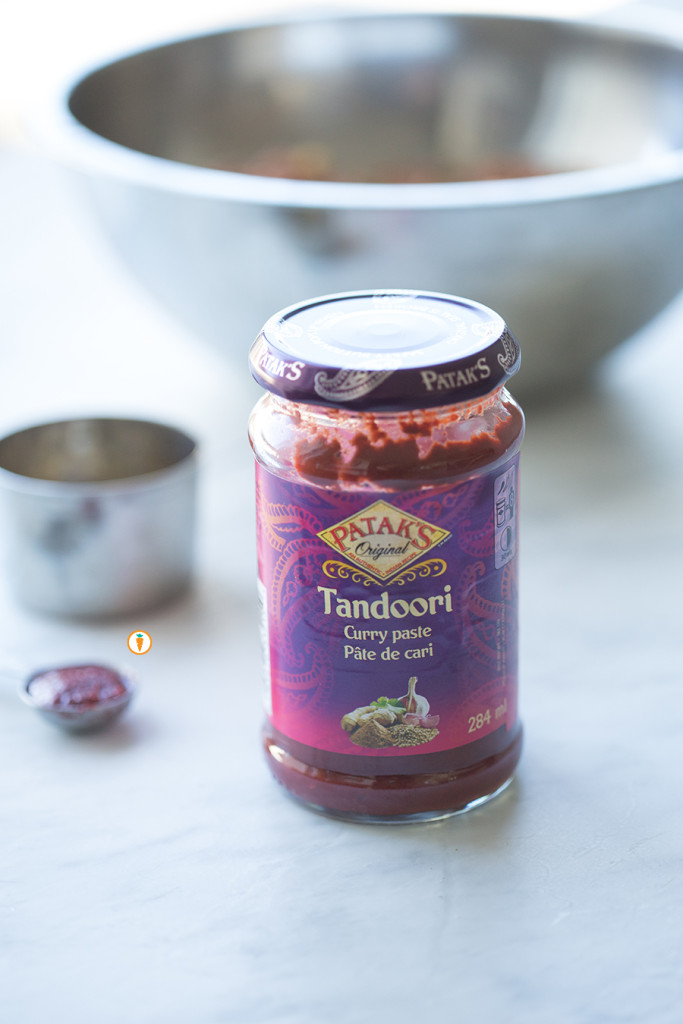
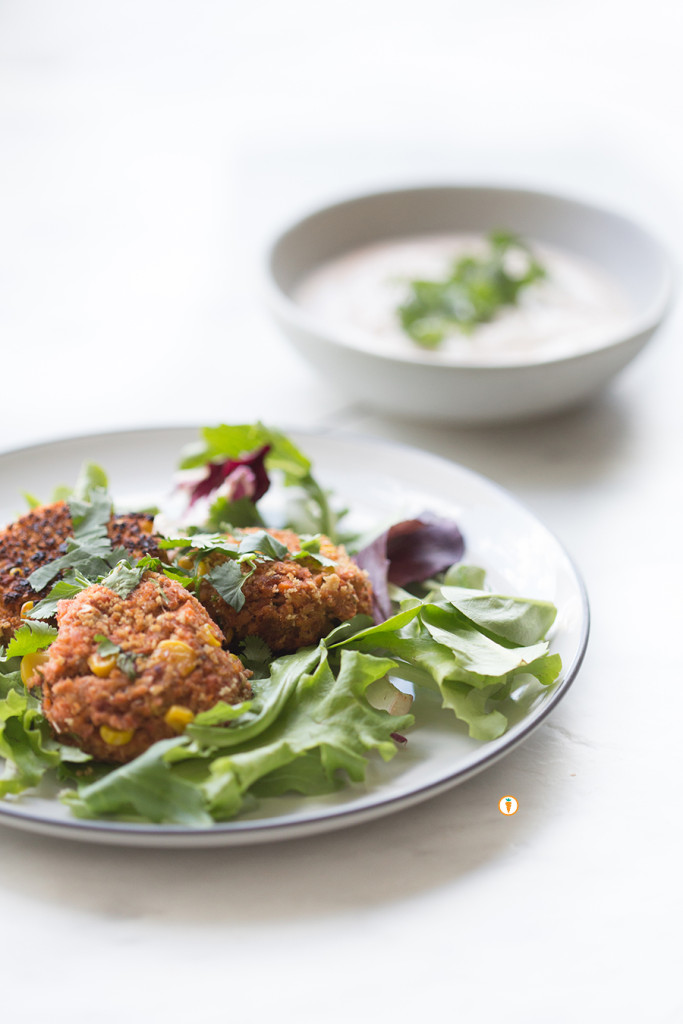
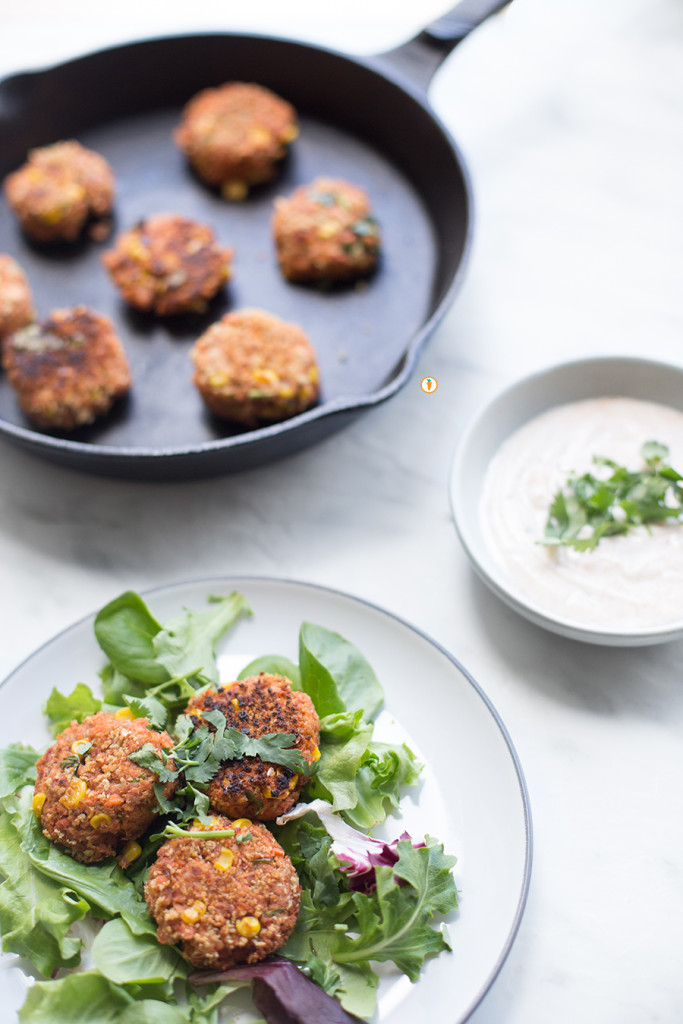
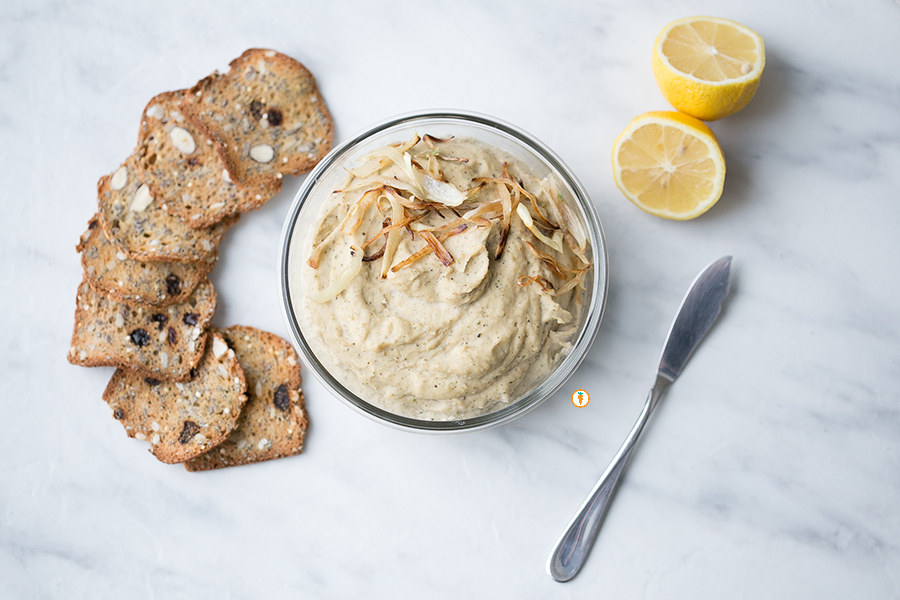 I didn’t think I would say it. But I am. Sometimes, I get sick of hummus.
I didn’t think I would say it. But I am. Sometimes, I get sick of hummus.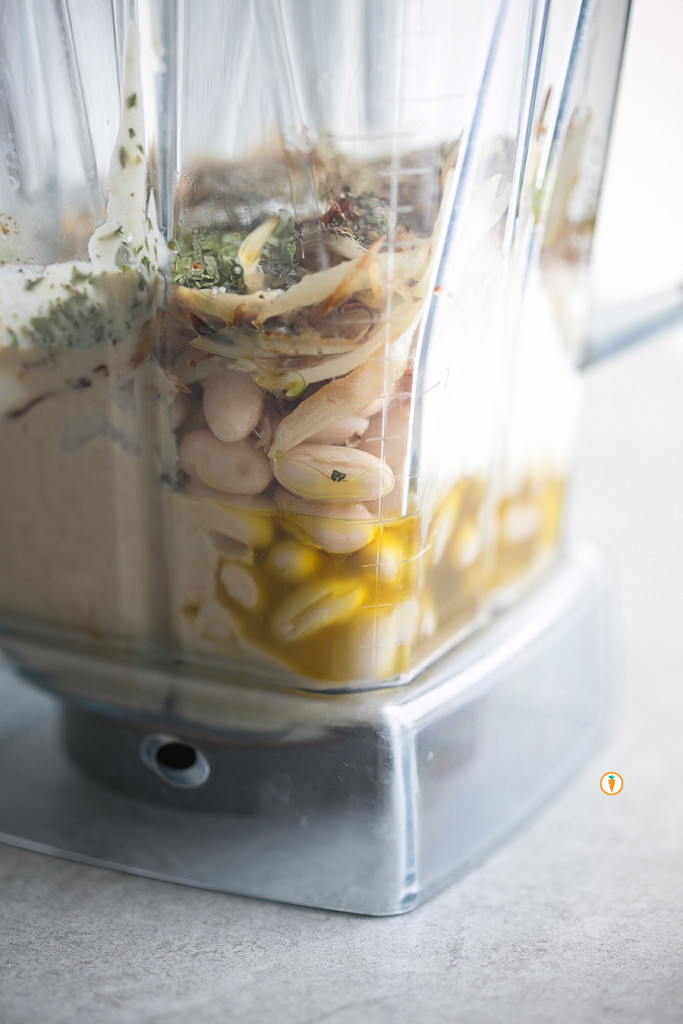
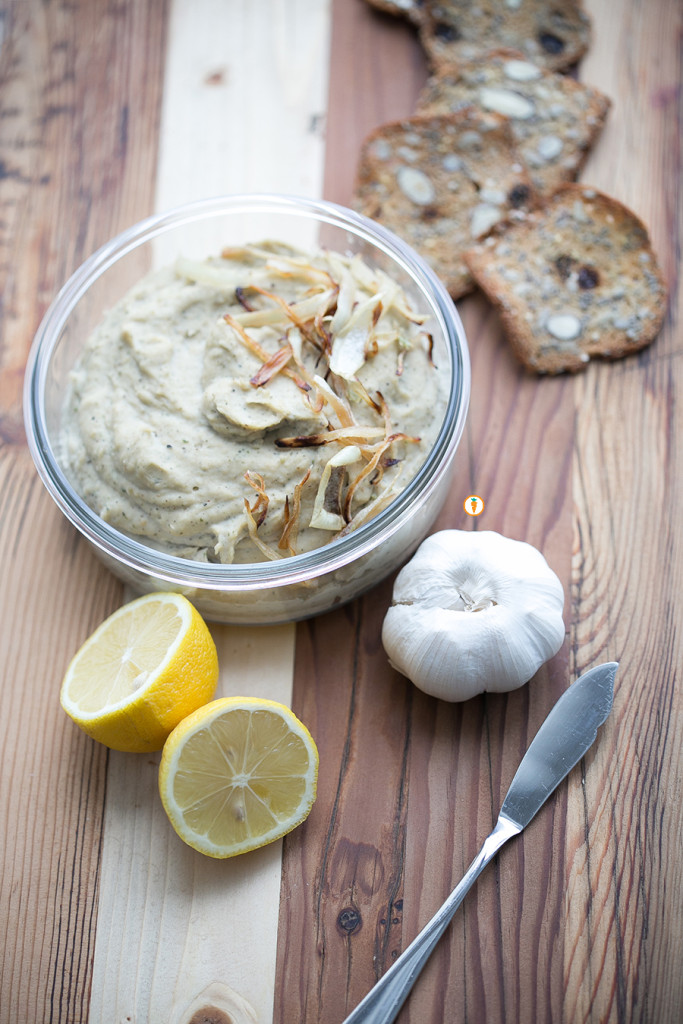
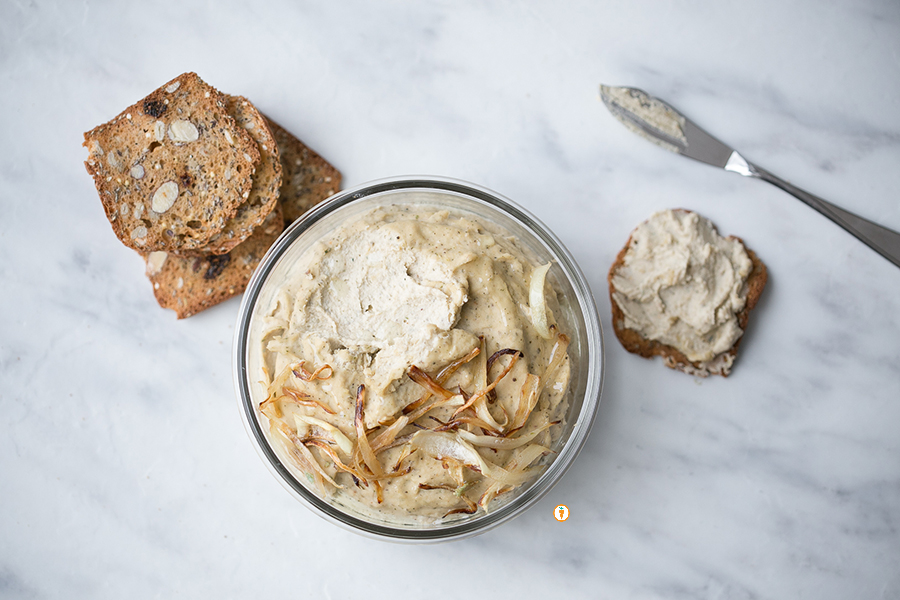 Food photography done by the talented
Food photography done by the talented 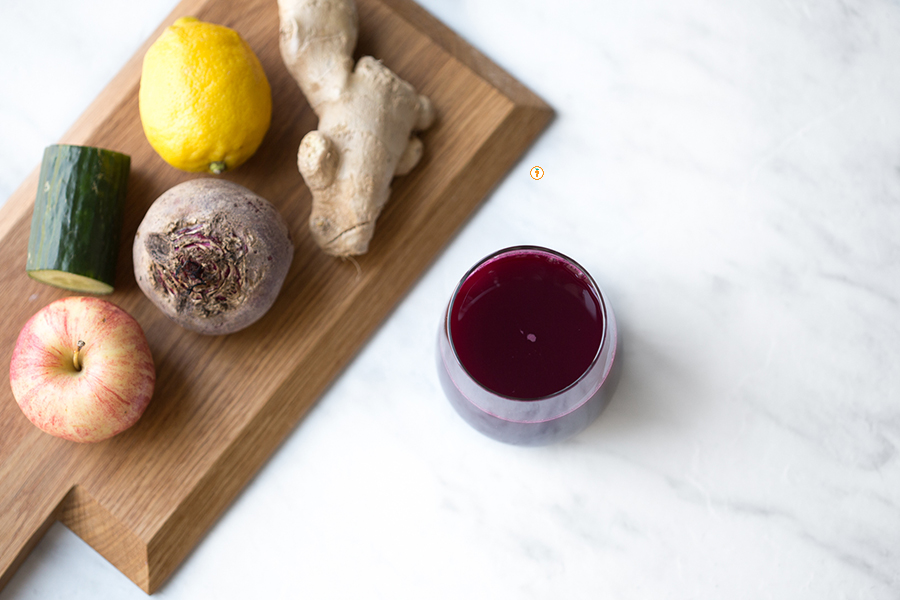
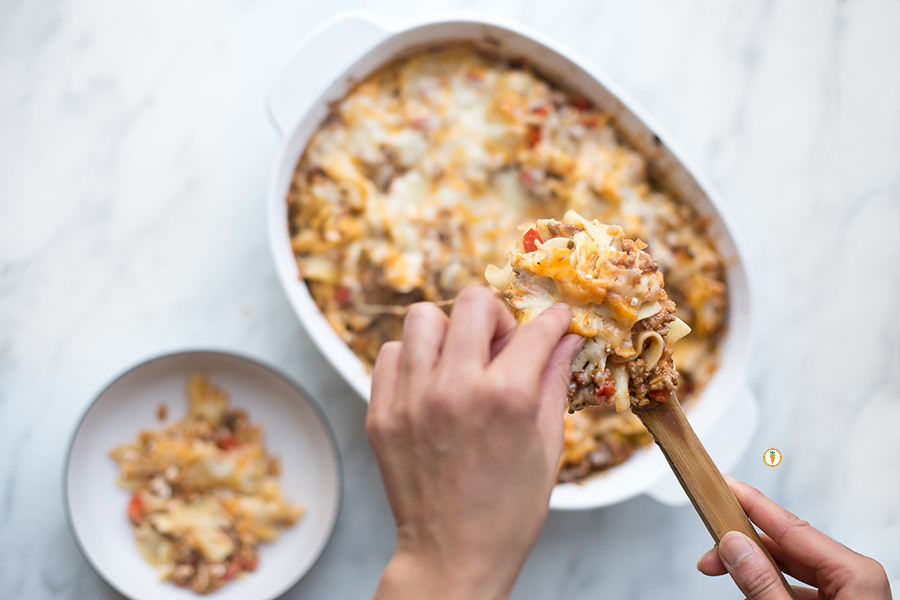 Oh haaaayyyy. Yes, that’s a casserole dish full of carbs and yes, I am a Registered Dietitian who developed this recipe. I’ve said it before: don’t be afraid of carbohydrates! This recipe features a classic egg noodle. Because it’s difficult to trace down a wholewheat version of this popular noodle I decided to embrace it’s “white version”. Knowing it would be lower in fibre, I quickly decided that I could:
Oh haaaayyyy. Yes, that’s a casserole dish full of carbs and yes, I am a Registered Dietitian who developed this recipe. I’ve said it before: don’t be afraid of carbohydrates! This recipe features a classic egg noodle. Because it’s difficult to trace down a wholewheat version of this popular noodle I decided to embrace it’s “white version”. Knowing it would be lower in fibre, I quickly decided that I could: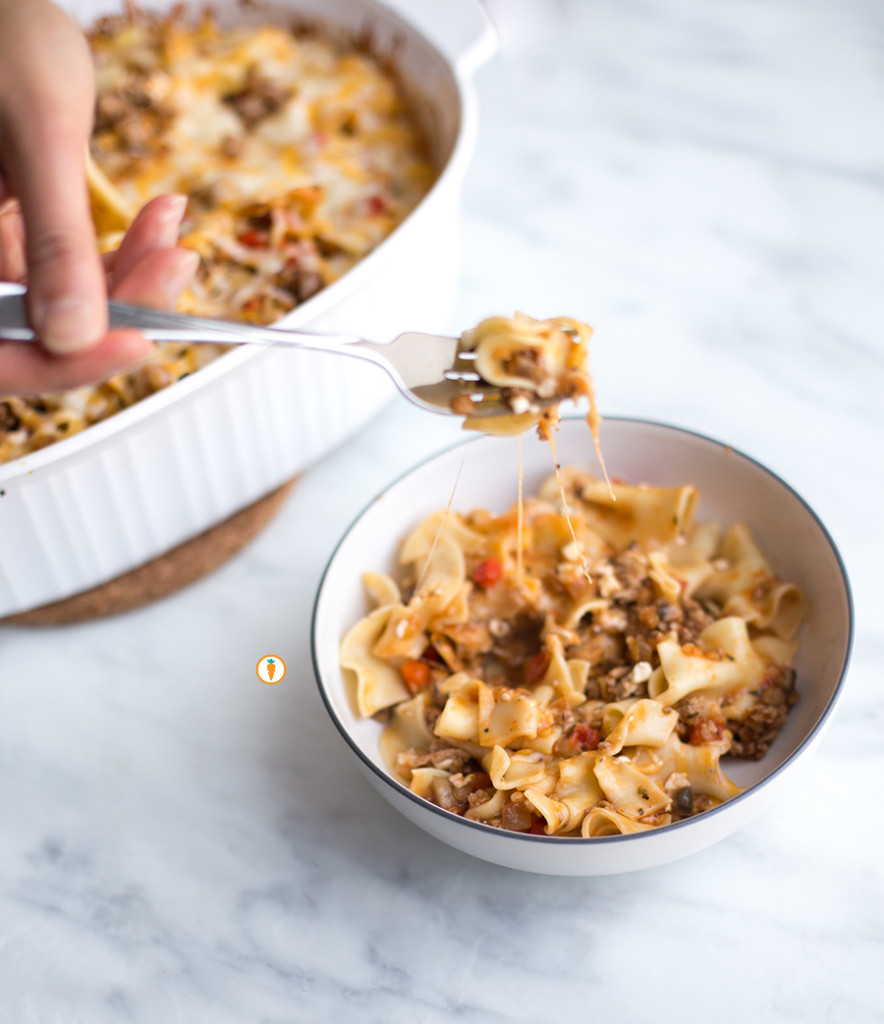
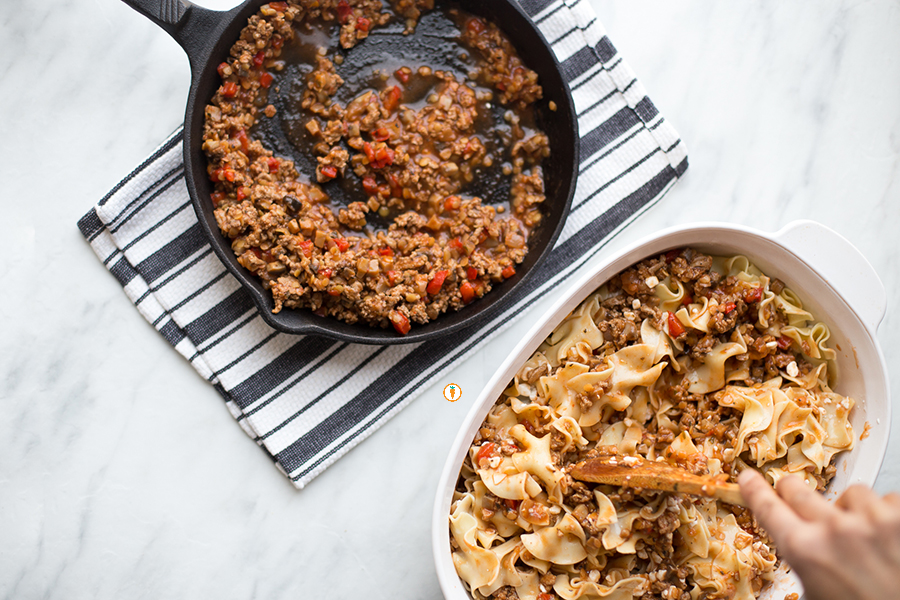
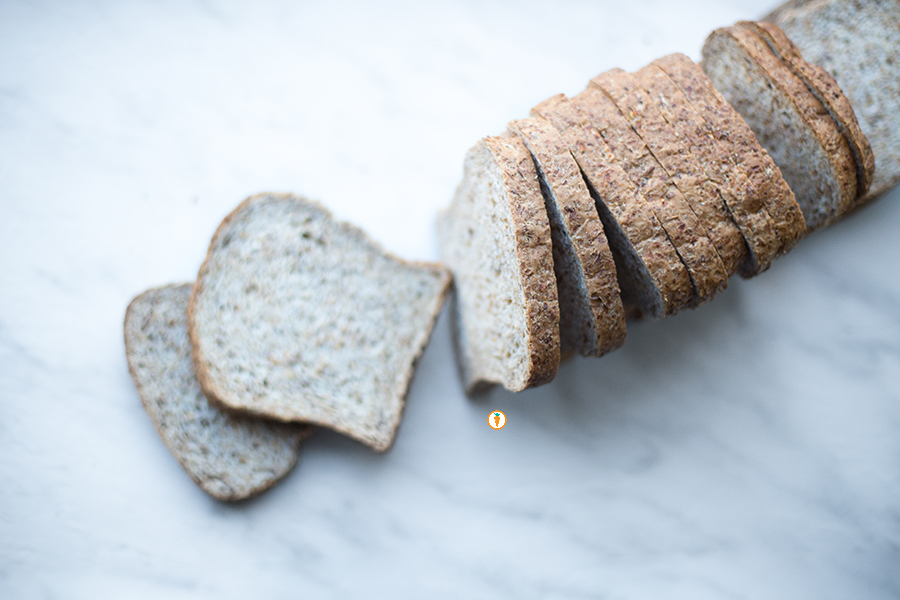 A couple of
A couple of 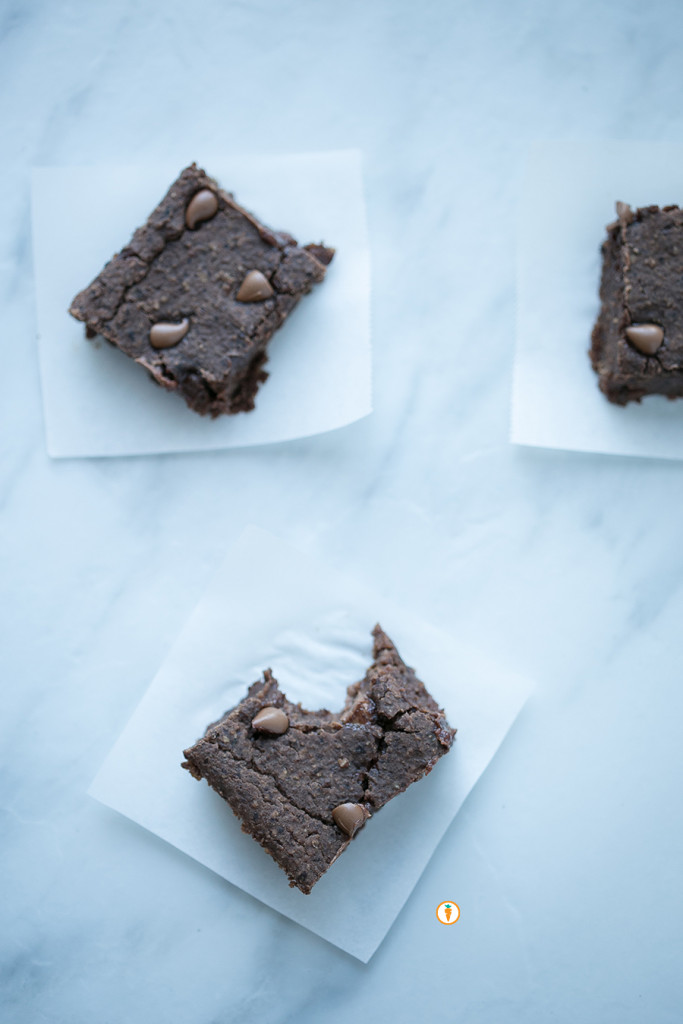
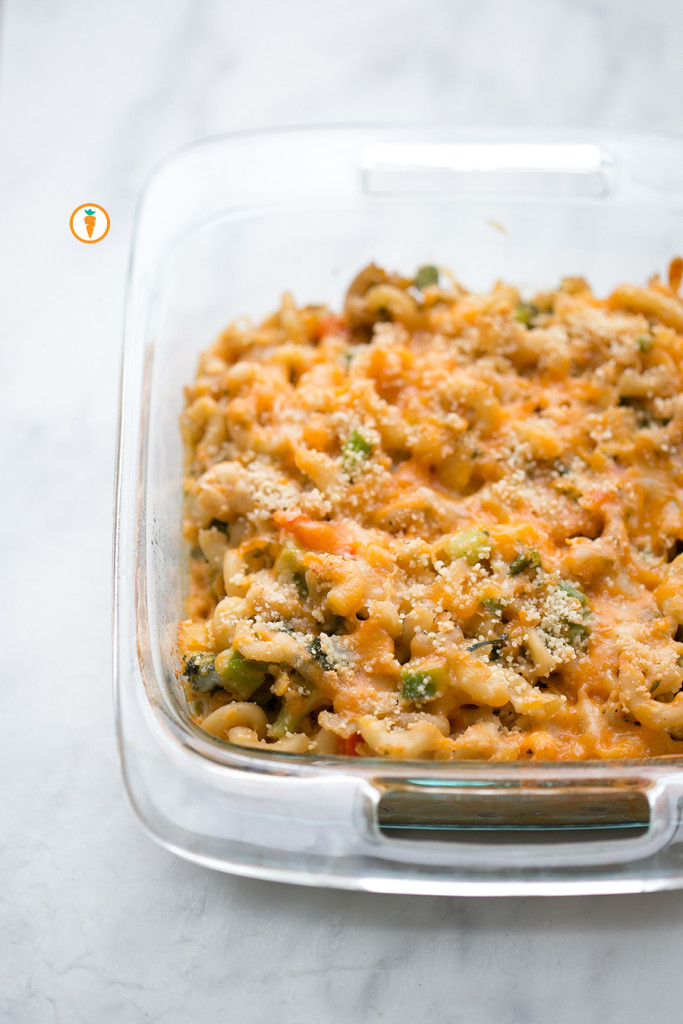
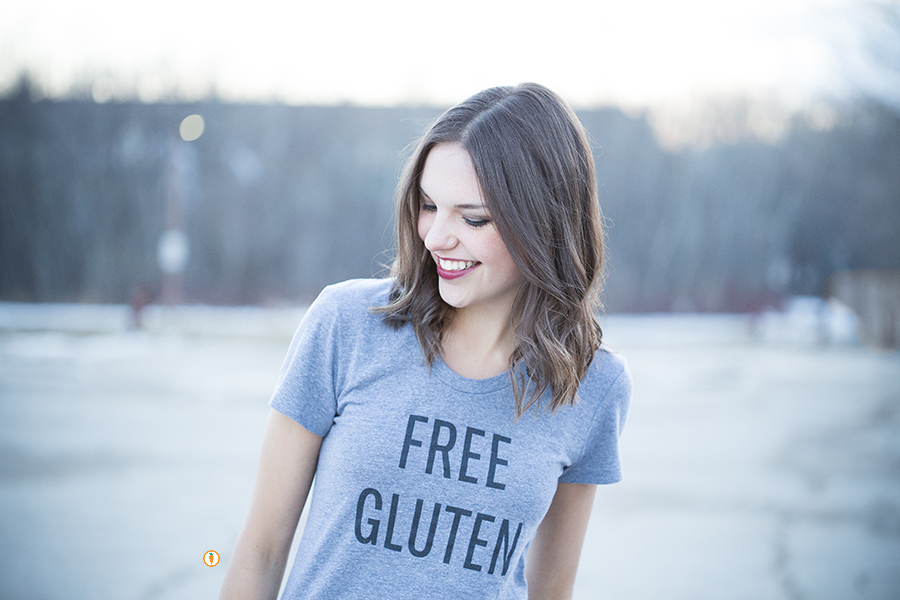
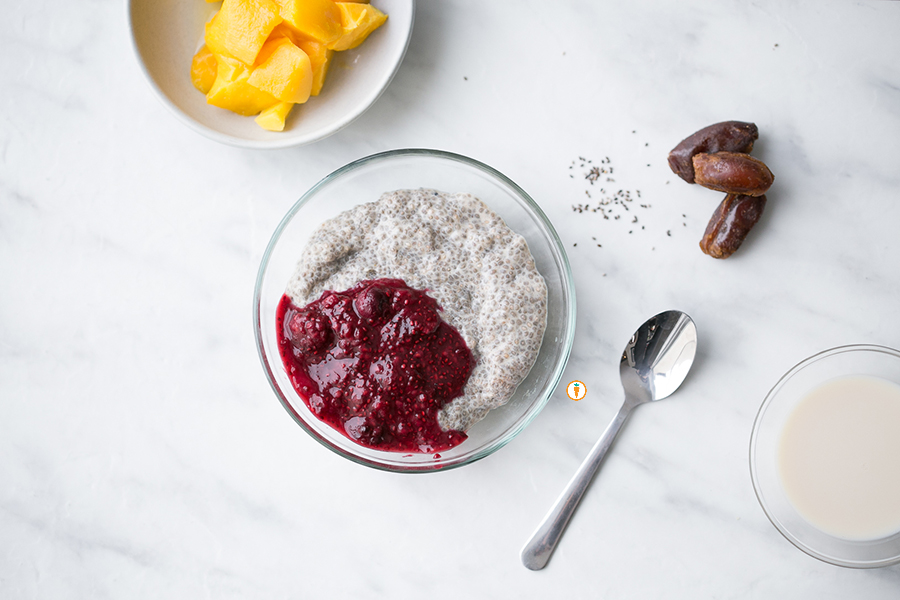 Oh, hello! Welcome back – I hope you enjoyed learning about whole grains on our
Oh, hello! Welcome back – I hope you enjoyed learning about whole grains on our 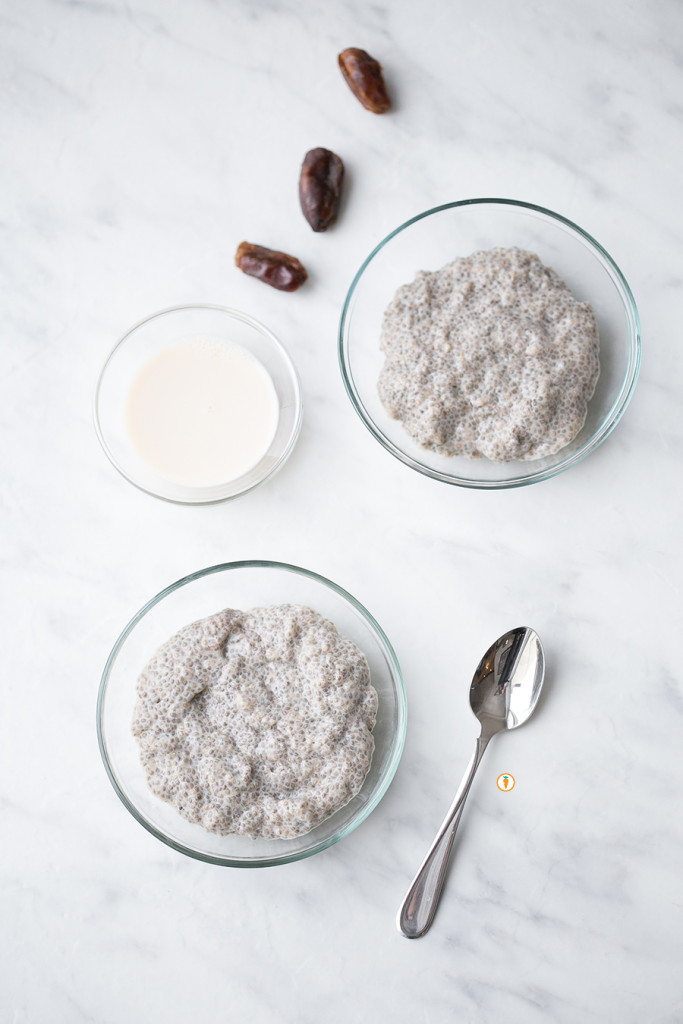 Okay, I think you’re sold.
Okay, I think you’re sold.